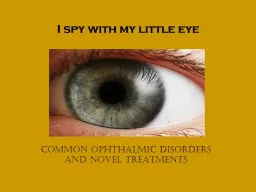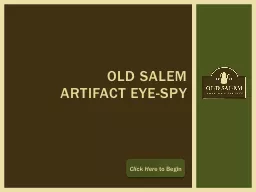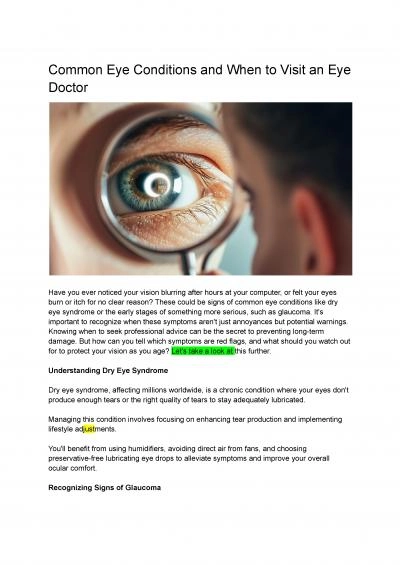PPT-I spy with my little eye
Author : aaron | Published Date : 2019-12-13
I spy with my little eye Common ophthalmic disorders AND NOVEL TREATMENTS Objectives Describe the normal structure and functions of the eye and identify structures
Presentation Embed Code
Download Presentation
Download Presentation The PPT/PDF document "I spy with my little eye" is the property of its rightful owner. Permission is granted to download and print the materials on this website for personal, non-commercial use only, and to display it on your personal computer provided you do not modify the materials and that you retain all copyright notices contained in the materials. By downloading content from our website, you accept the terms of this agreement.
I spy with my little eye: Transcript
Download Rules Of Document
"I spy with my little eye"The content belongs to its owner. You may download and print it for personal use, without modification, and keep all copyright notices. By downloading, you agree to these terms.
Related Documents














